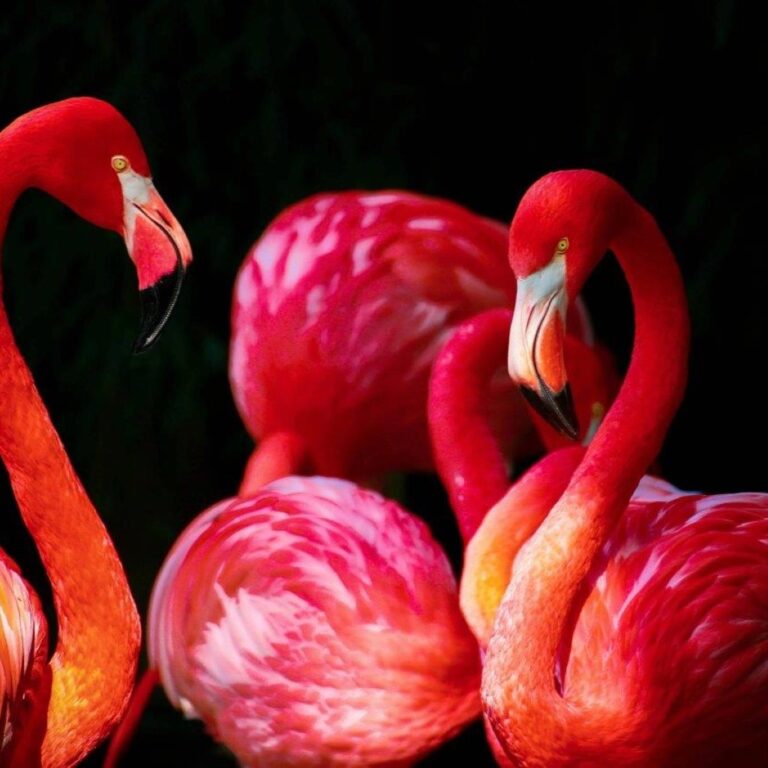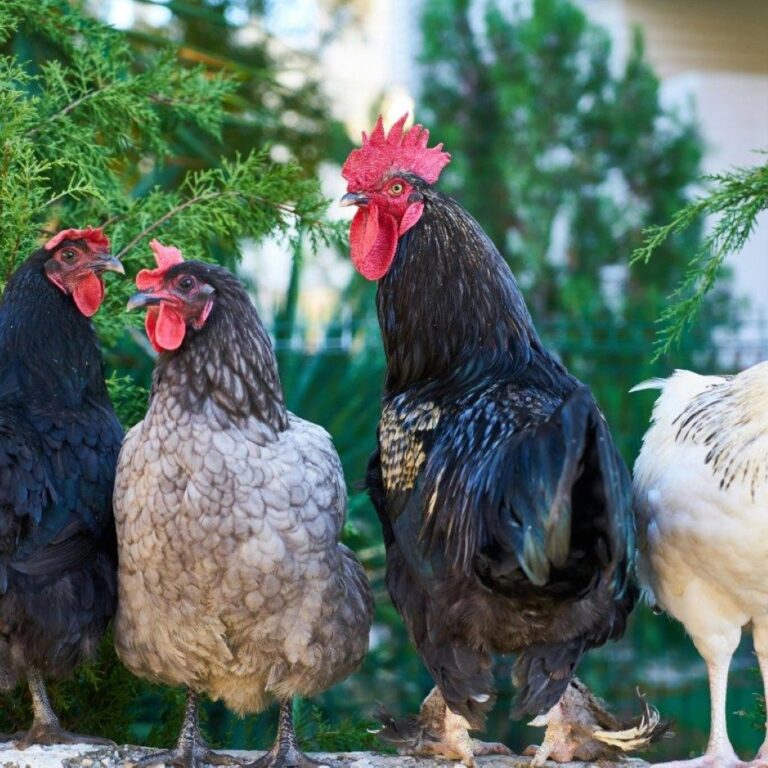1. There are six species of flamingos, found in various regions including Africa, the Americas, Asia, and Europe. The most common species include the greater flamingo, lesser flamingo, and Caribbean flamingo.
2. Flamingos get their pink color from the carotenoid pigments in the algae, crustaceans, and other foods they eat. The more pigmented their diet, the brighter their pink feathers become.
3. Flamingos are highly social birds and often gather in flocks that can number in the thousands. These large groups provide protection from predators and increase the chances of successful breeding.
4. Flamingos are filter feeders, using their specially adapted beaks to strain small organisms like shrimp, algae, and plankton from the water. They often feed with their heads upside down, sweeping their beaks side to side in the water.
5. The name 'flamingo' comes from the Spanish or Portuguese word 'flamengo,' which means 'flame-colored,' a reference to their vibrant pink and red plumage.
6. Flamingos are known for their one-legged stance, which helps them conserve body heat by reducing the amount of exposed surface area. This behavior is particularly useful in the cool waters they often inhabit.
7. Flamingos are monogamous and usually form long-term pair bonds. Both parents share the responsibility of building the nest, incubating the egg, and feeding the chick once it hatches.
8. Flamingo nests are made of mud and are built as a mound with a shallow depression at the top for the single egg. The nest is often located in shallow water to keep it safe from predators.
9. Flamingo chicks are born with gray or white down feathers and a straight beak. It takes several years for them to develop their pink coloration and the distinctive curved beak of an adult flamingo.
10. The lifespan of a flamingo can range from 20 to 30 years in the wild, and even longer in captivity. Some flamingos have been known to live up to 50 years.
11. Flamingos are strong fliers, despite their gangly appearance. They can fly at speeds of up to 35 miles per hour and can travel long distances between feeding and breeding sites.
12. Flamingos communicate with each other using a variety of vocalizations, including honking, grunting, and growling. These sounds help them maintain group cohesion and coordinate movements within the flock.
13. Flamingos have a unique way of feeding their chicks. They produce a nutrient-rich secretion known as 'crop milk,' which is similar to mammalian milk and is fed to the chick by both parents.
14. The 'flamingo dance' is a courtship display where groups of flamingos perform synchronized movements, such as head-flagging, wing salutes, and marching. These displays help strengthen pair bonds and stimulate breeding.
15. Conservation efforts are important for protecting flamingo populations, as they face threats from habitat loss, pollution, and climate change. Preserving wetlands and coastal areas is crucial for their survival.



